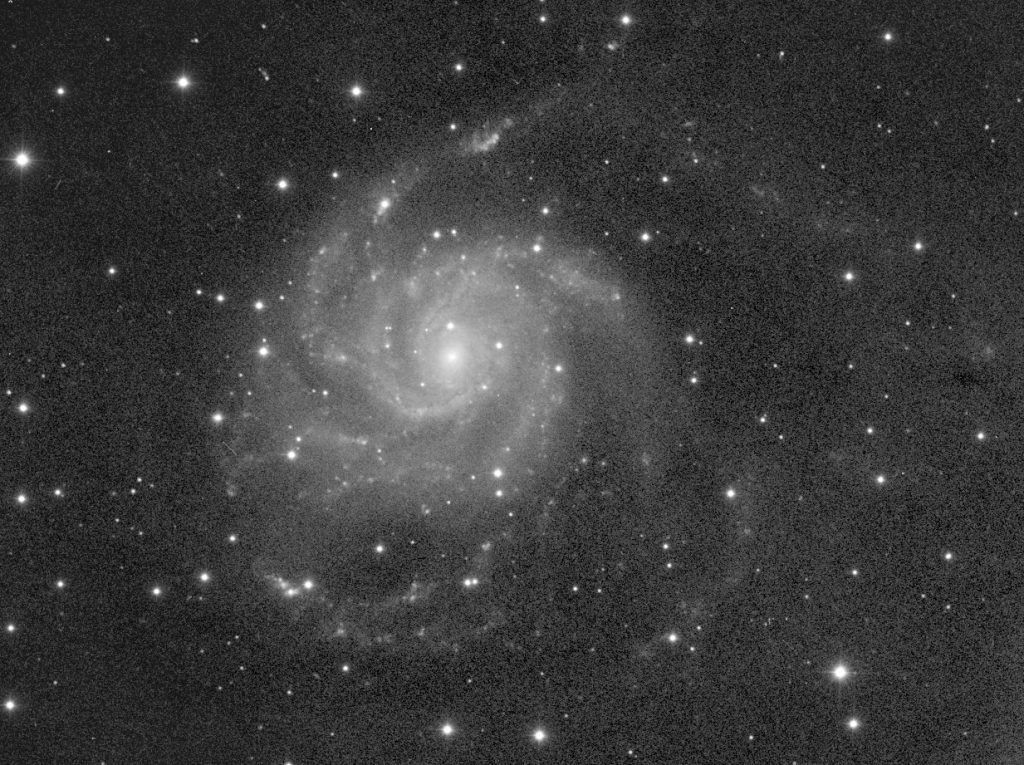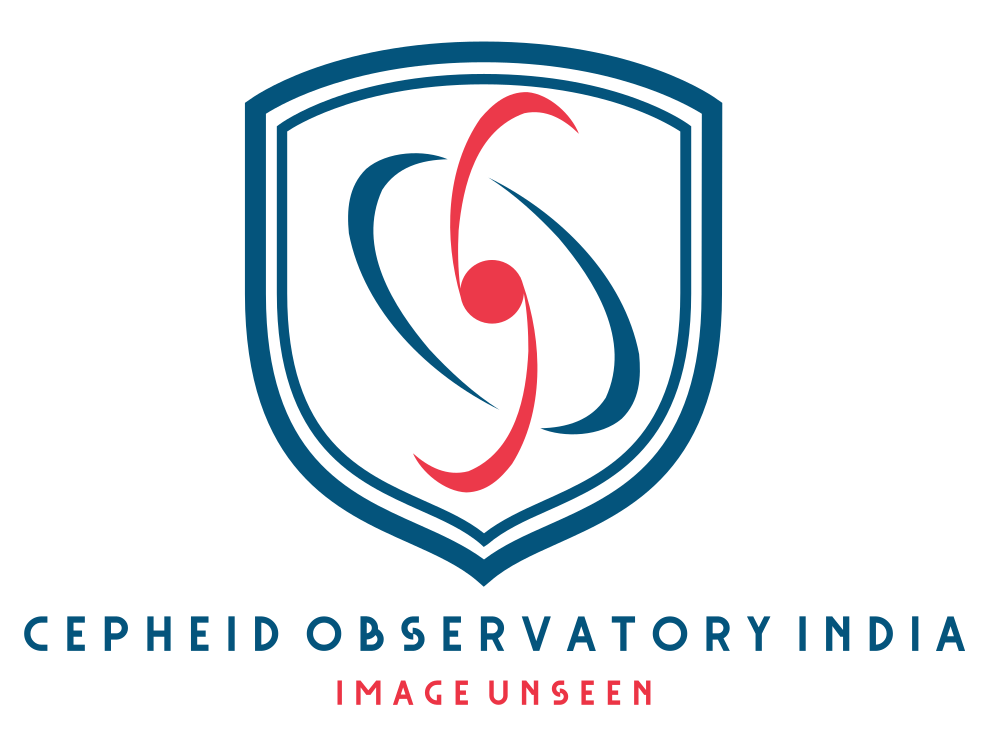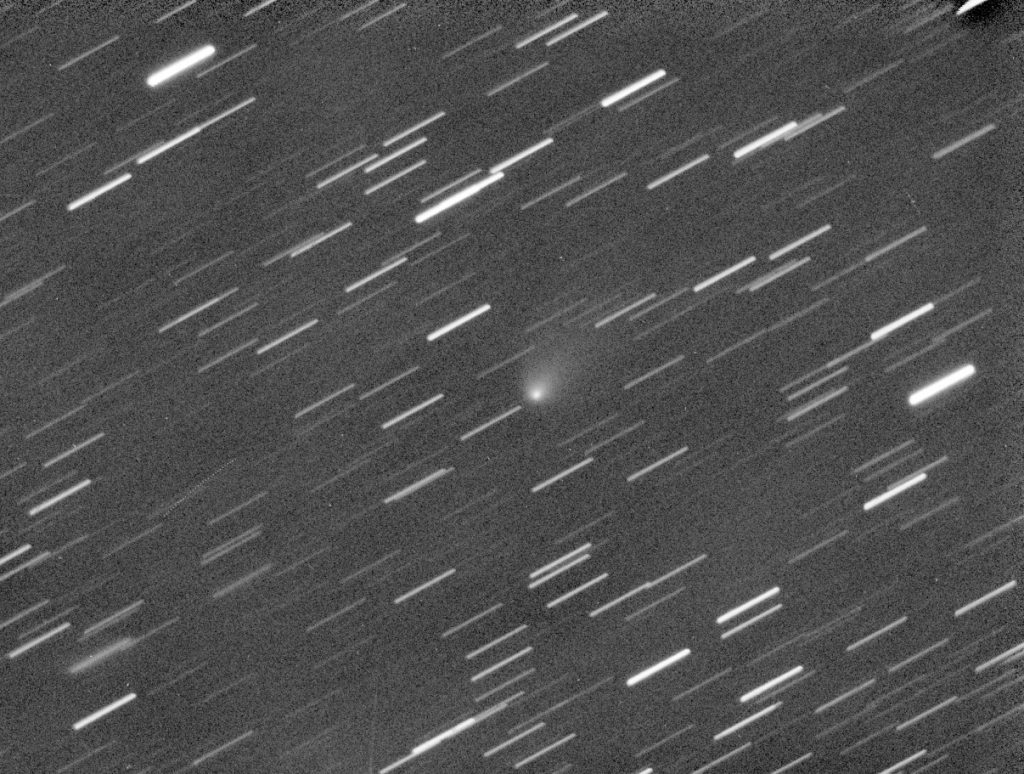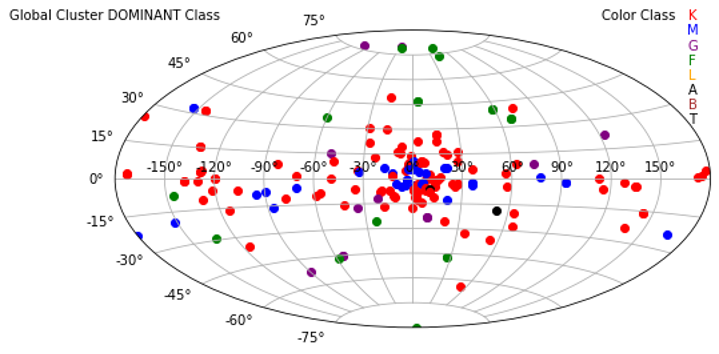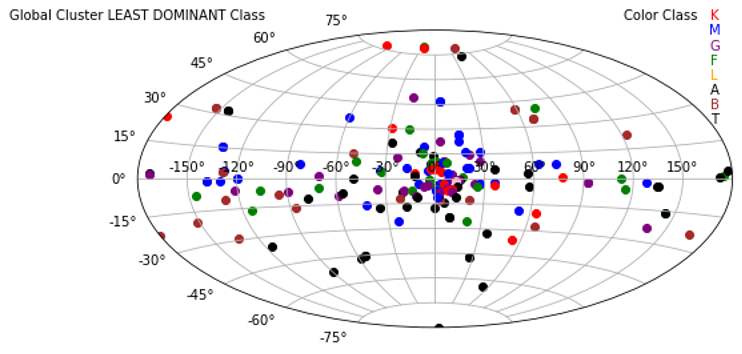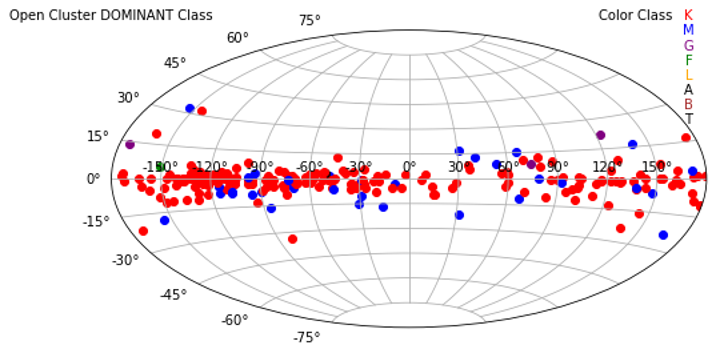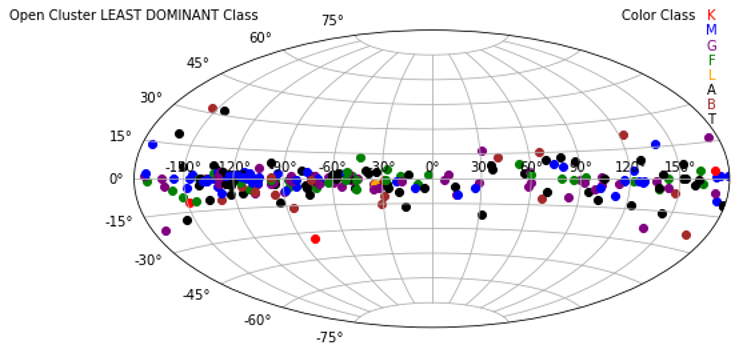We report optical photometry and astrometry observation of recurrent nova M31N 2008-12a (ATel #12179, #12181, #12182) on 2018 November 7.82 UT. The observation was obtained using the 0.28m Schmidt-cassegran telescope, Cepheid’s Observatory, Rawatbhata, India. The UCAC4 and PRISMv10 Catalog are used for astrometry and photometry. The V and R band magnitudes are estimated to be 18.91 +/- 0.27 and 19.06 +/- 0.37 respectively. The coordinates for the nova is RA: 00h45m28.819s, DEC: +41°54’10.05” from astrometry. We plan to monitor this interesting nova on regular basis in coming time.
Additional BVRI photometry of recurrent nova M31N 2008-12a
We report our follow-up photometric observations of recurrent nova M31N 2008-12a. The nova brightened by ~3 mag after discovery in one day and declined back to 20-21 mag in ~ 4 days after discovery (ATels #12177, #12179, #12181, #12182, #12189, #12190, #12195, #12200, #12203). The observations were obtained using the 0.28m Schmidt-Cassegrain telescope, Cepheid’s Observatory, Rawatbhata, India. The UCAC4 and PRISMv10 Catalog are used for photometry. Nova was below the detection limit (> 19.5) in our next observations taken on 2018 November 09.77 UT .
DATE(2018) EXP(s) BAND MAG
Nov 8.78 UT 1800 I 19.34 +/- 0.55
Nov 8.80 UT 1800 R 19.28 +/- 0.39
Nov 8.83 UT 1800 V 19.43 +/- 0.43
Nov 8.85 UT 1800 B 19.30 +/ -0.58
http://www.astronomerstelegram.org/?read=12189
http://www.astronomerstelegram.org/?read=12204
